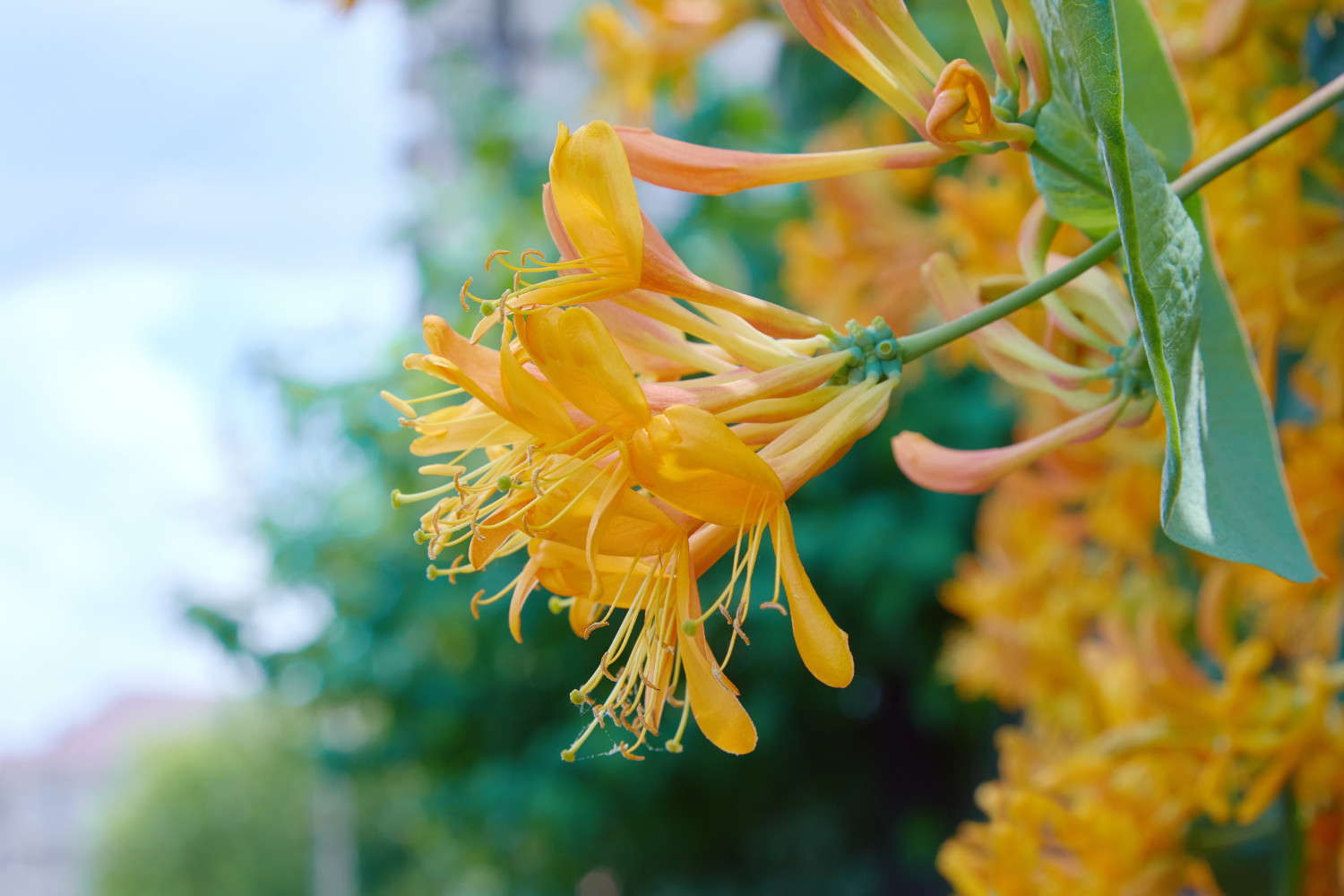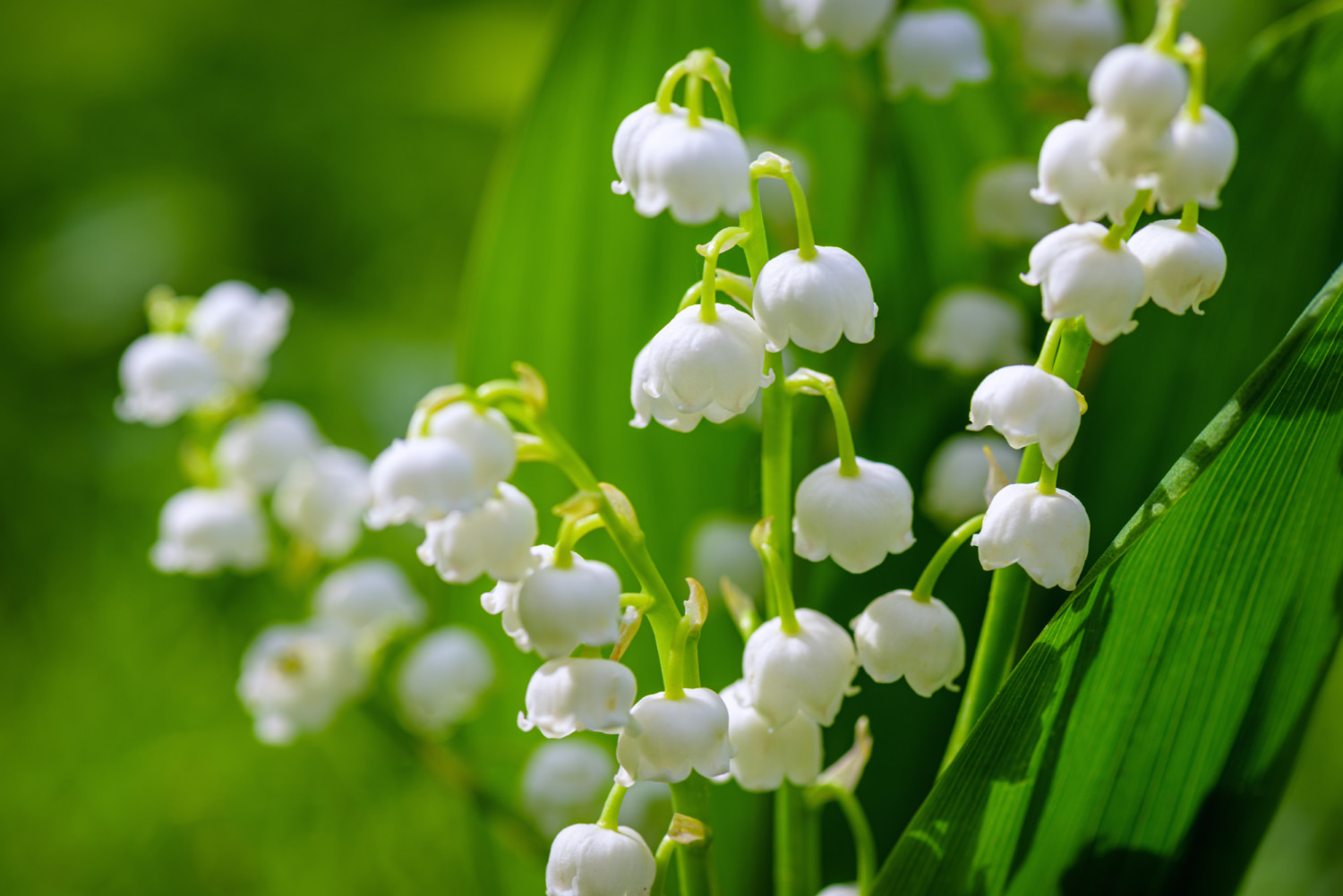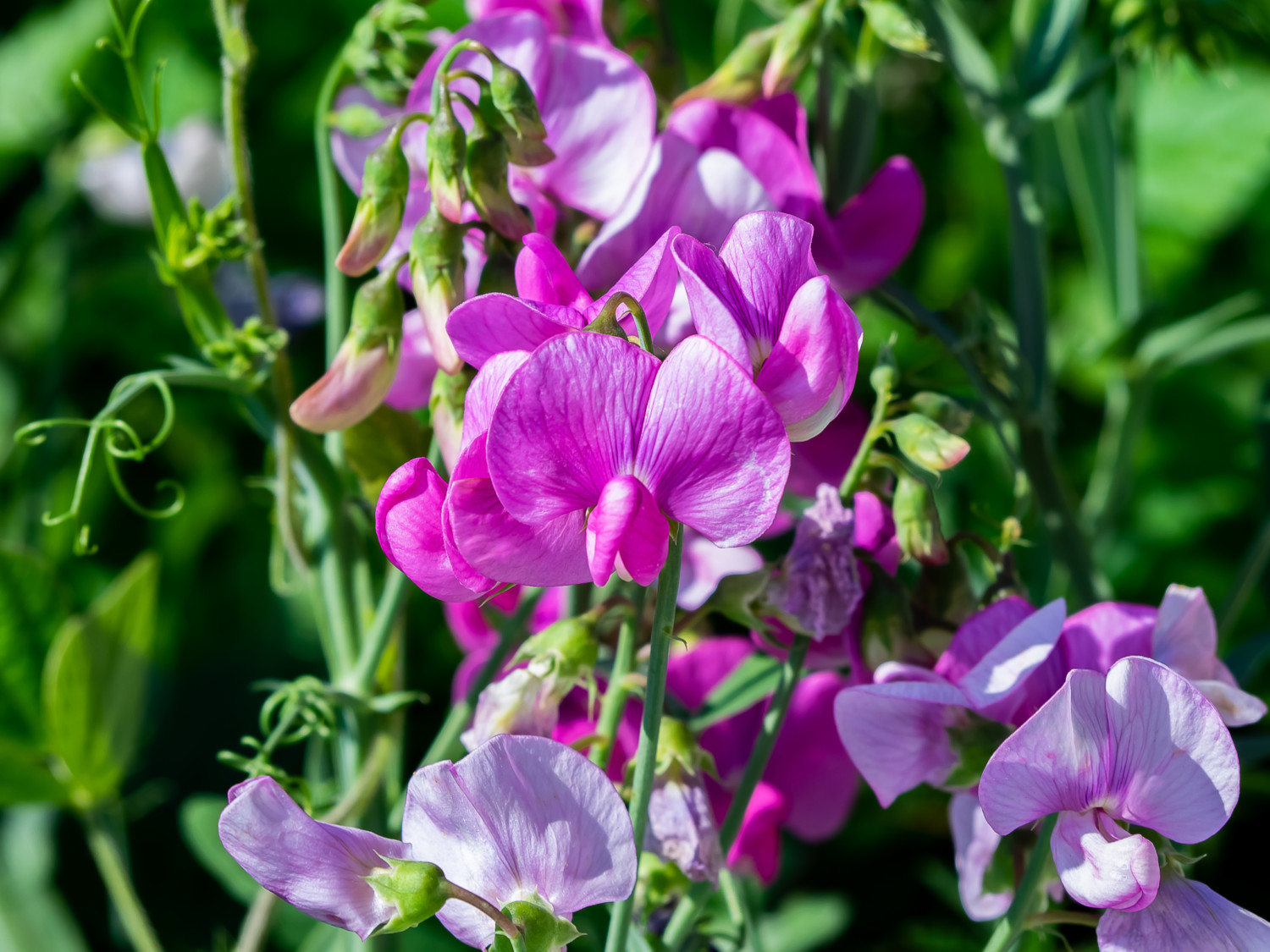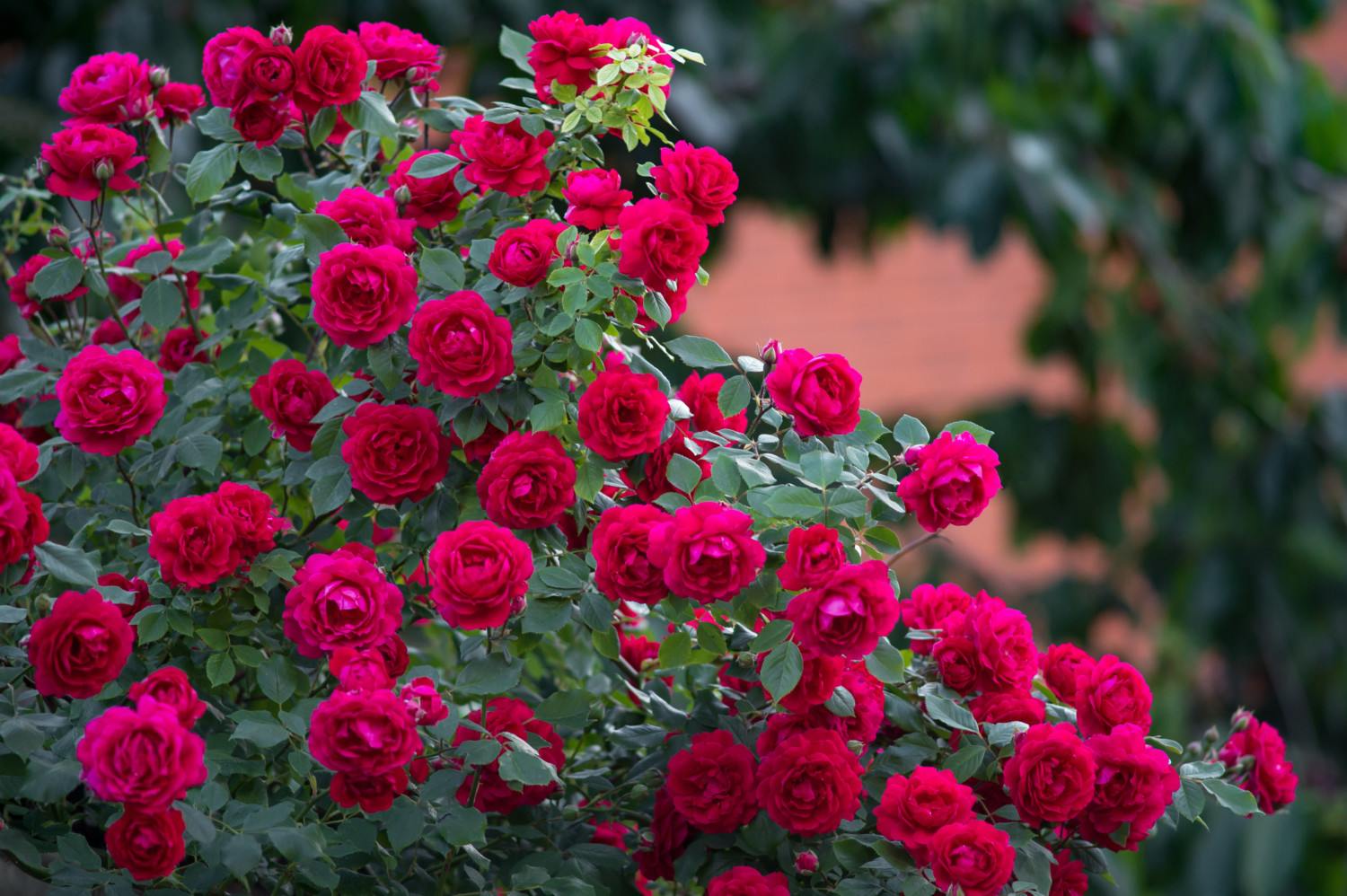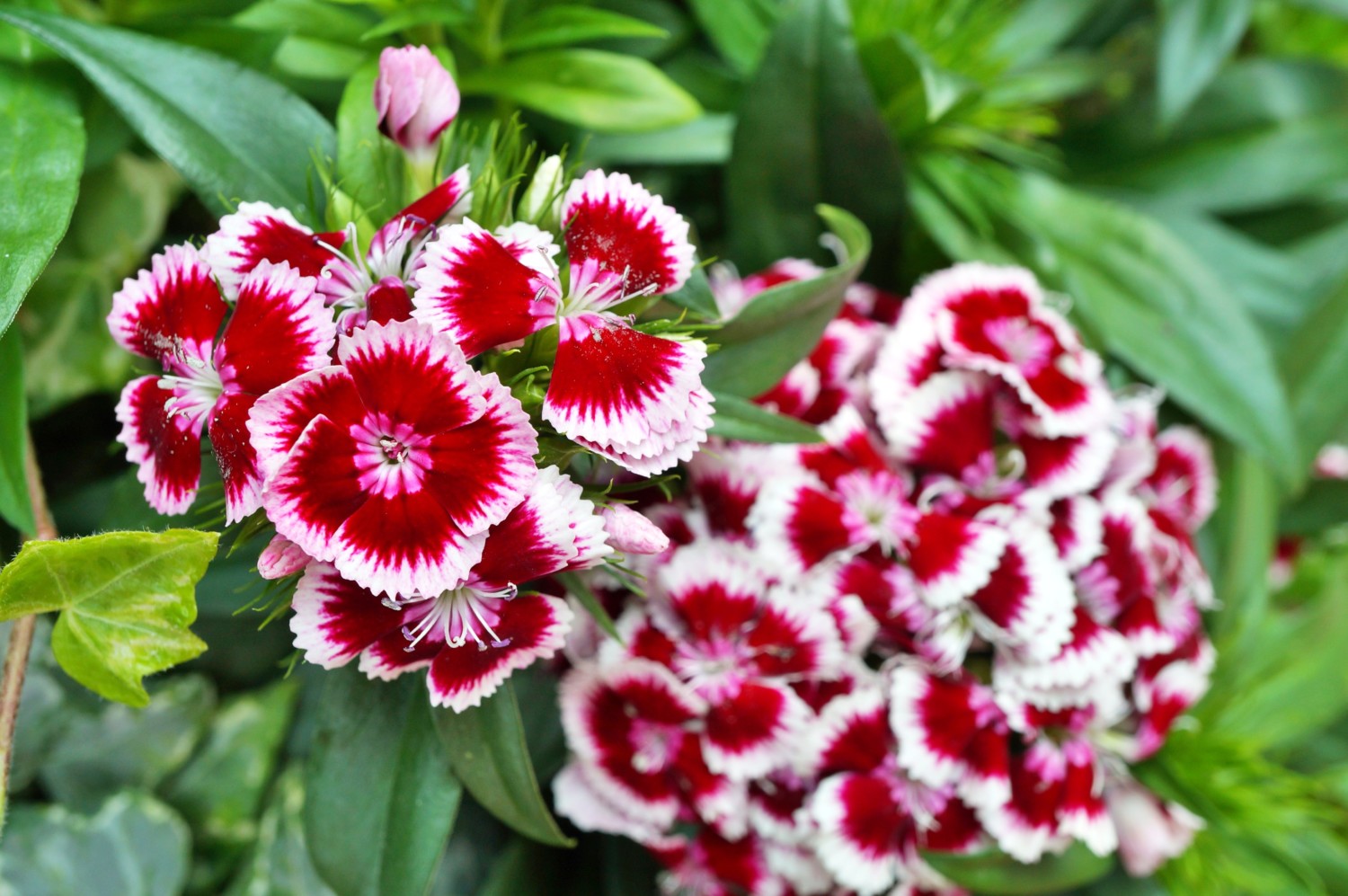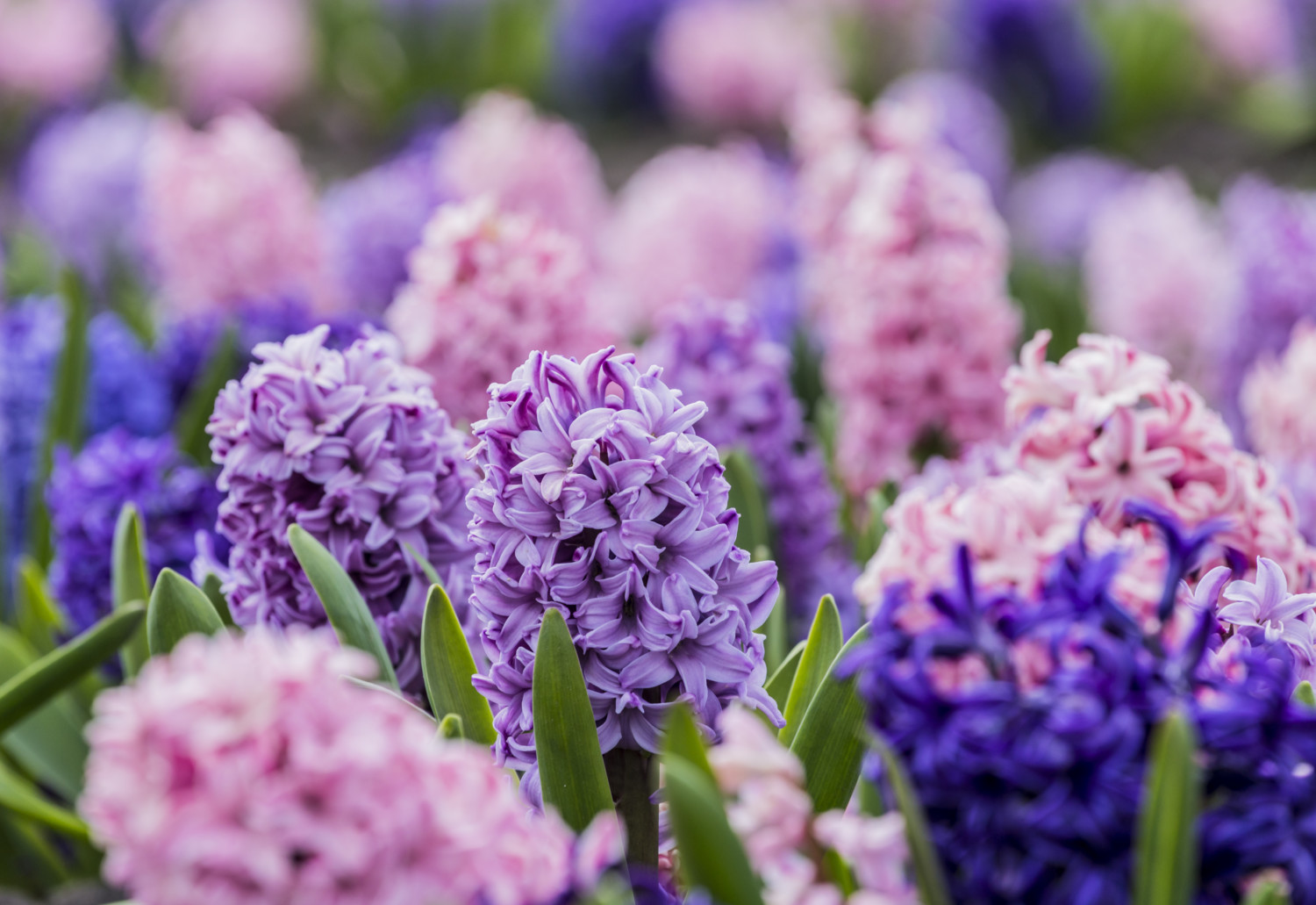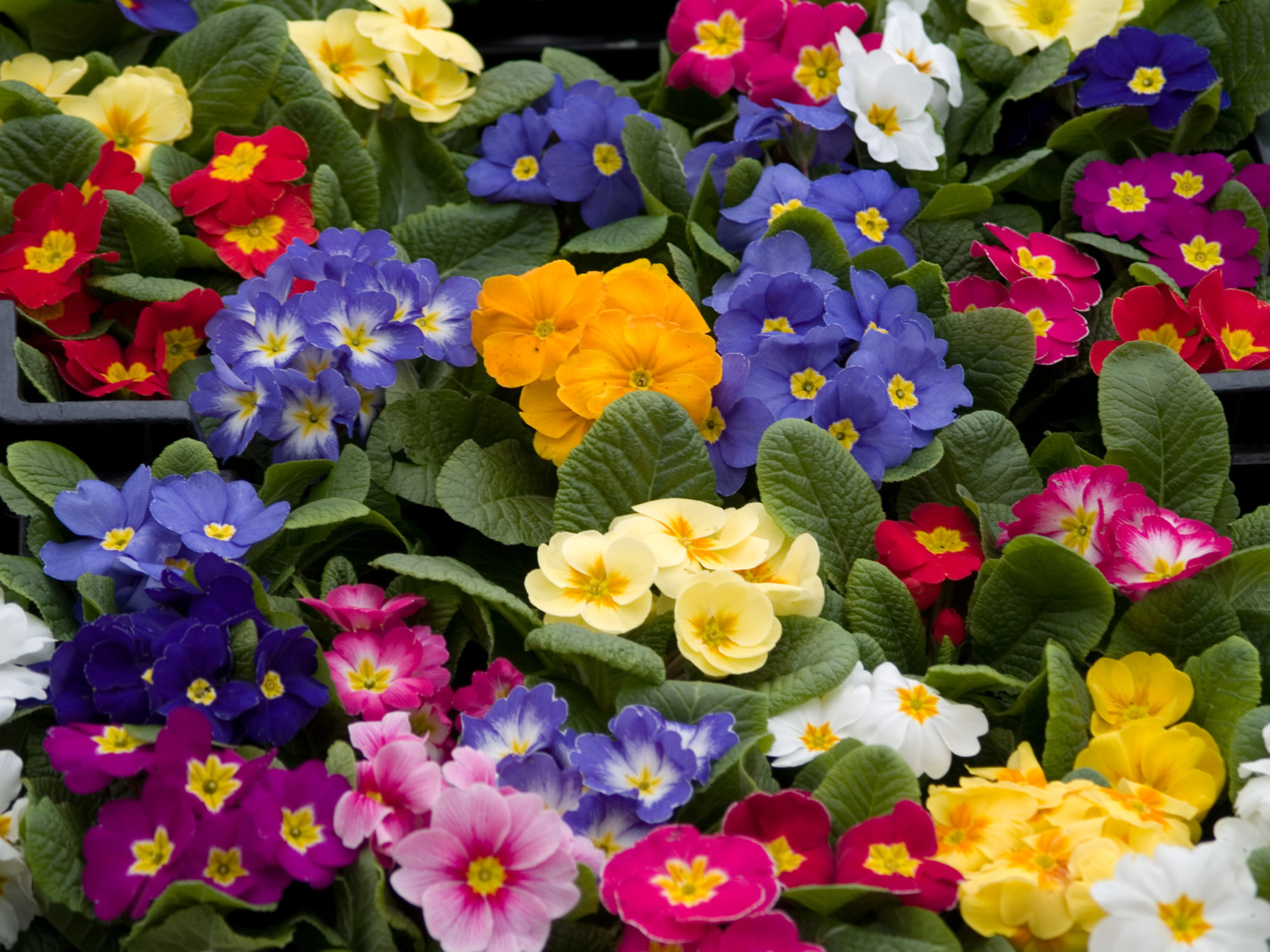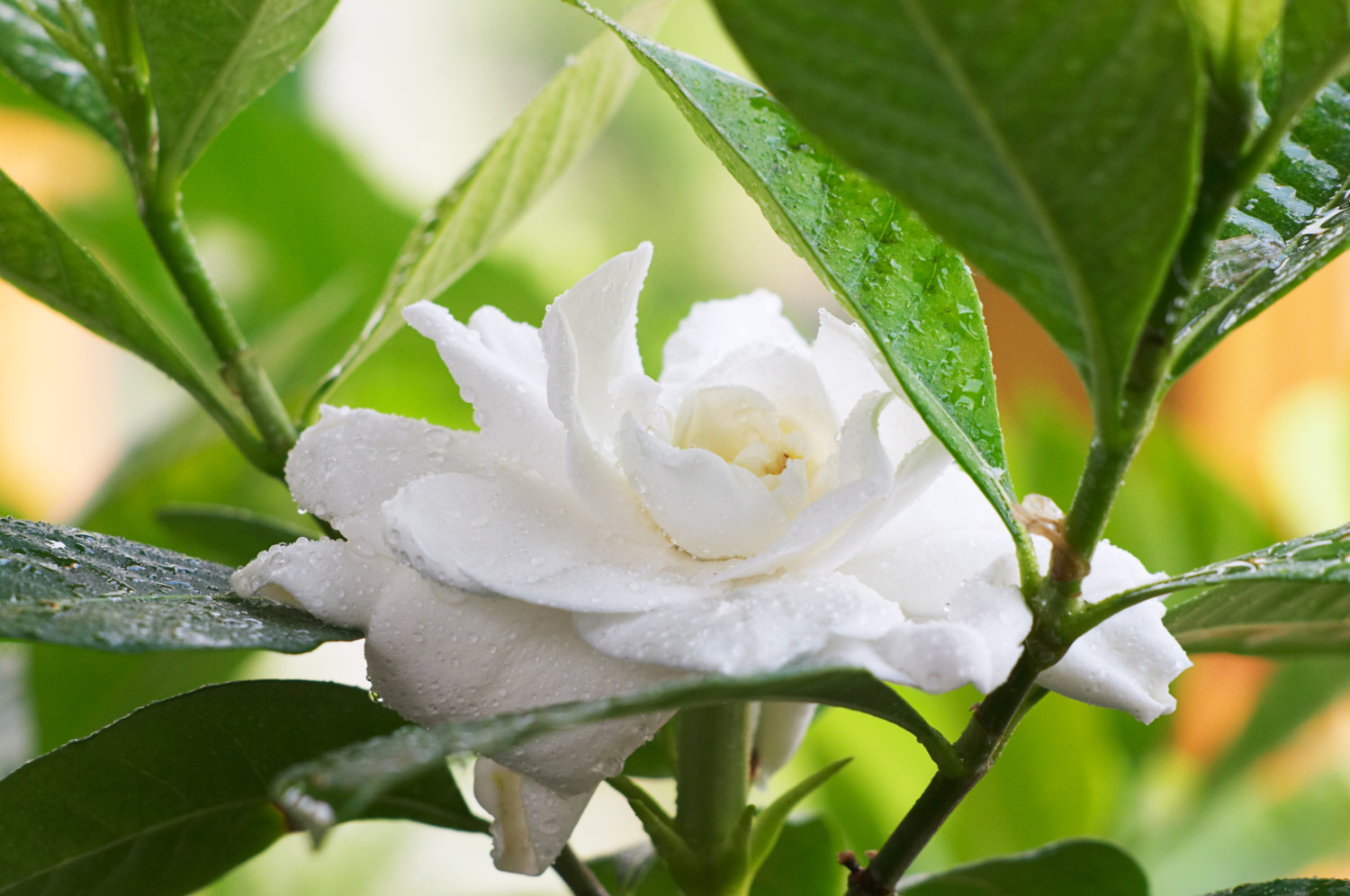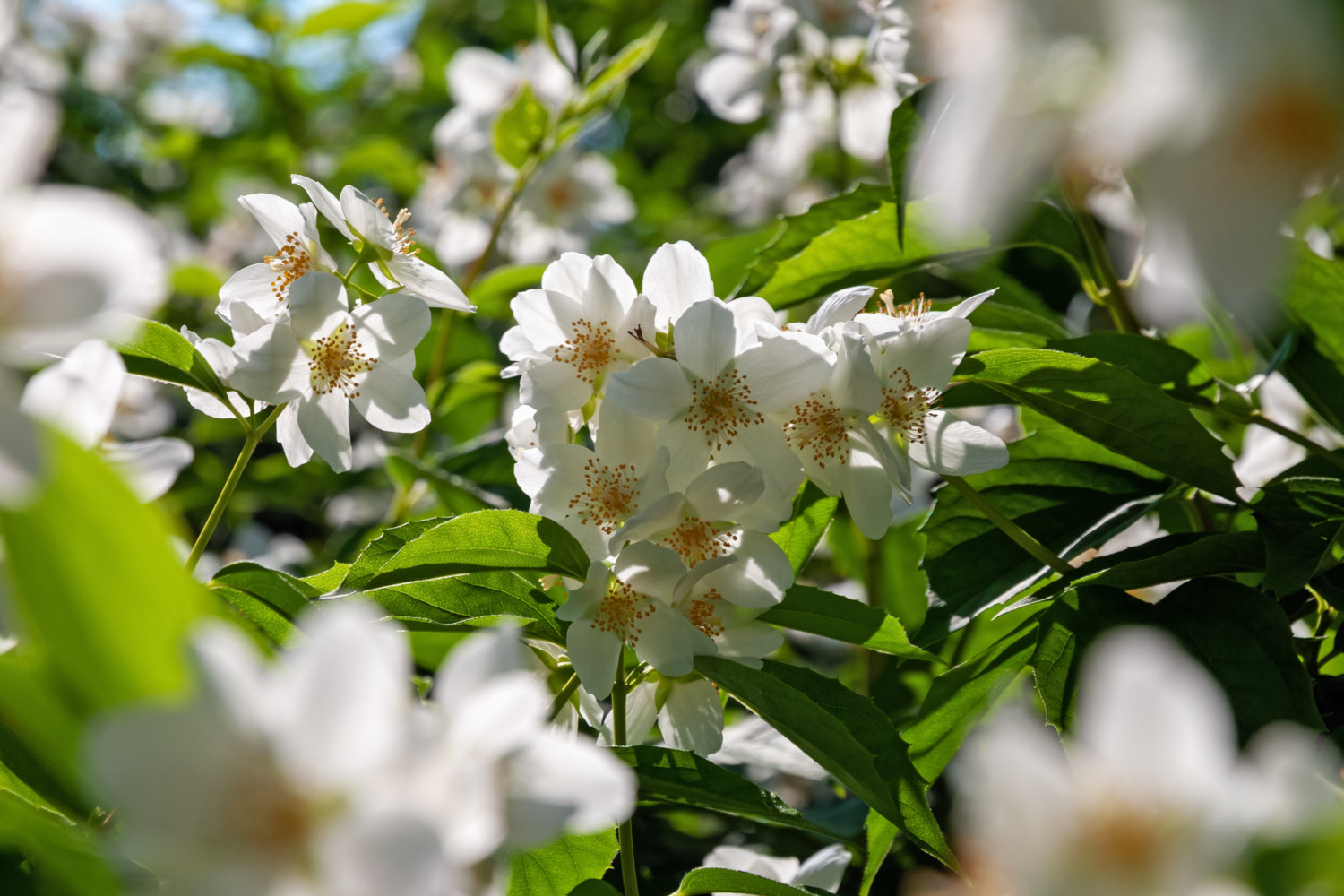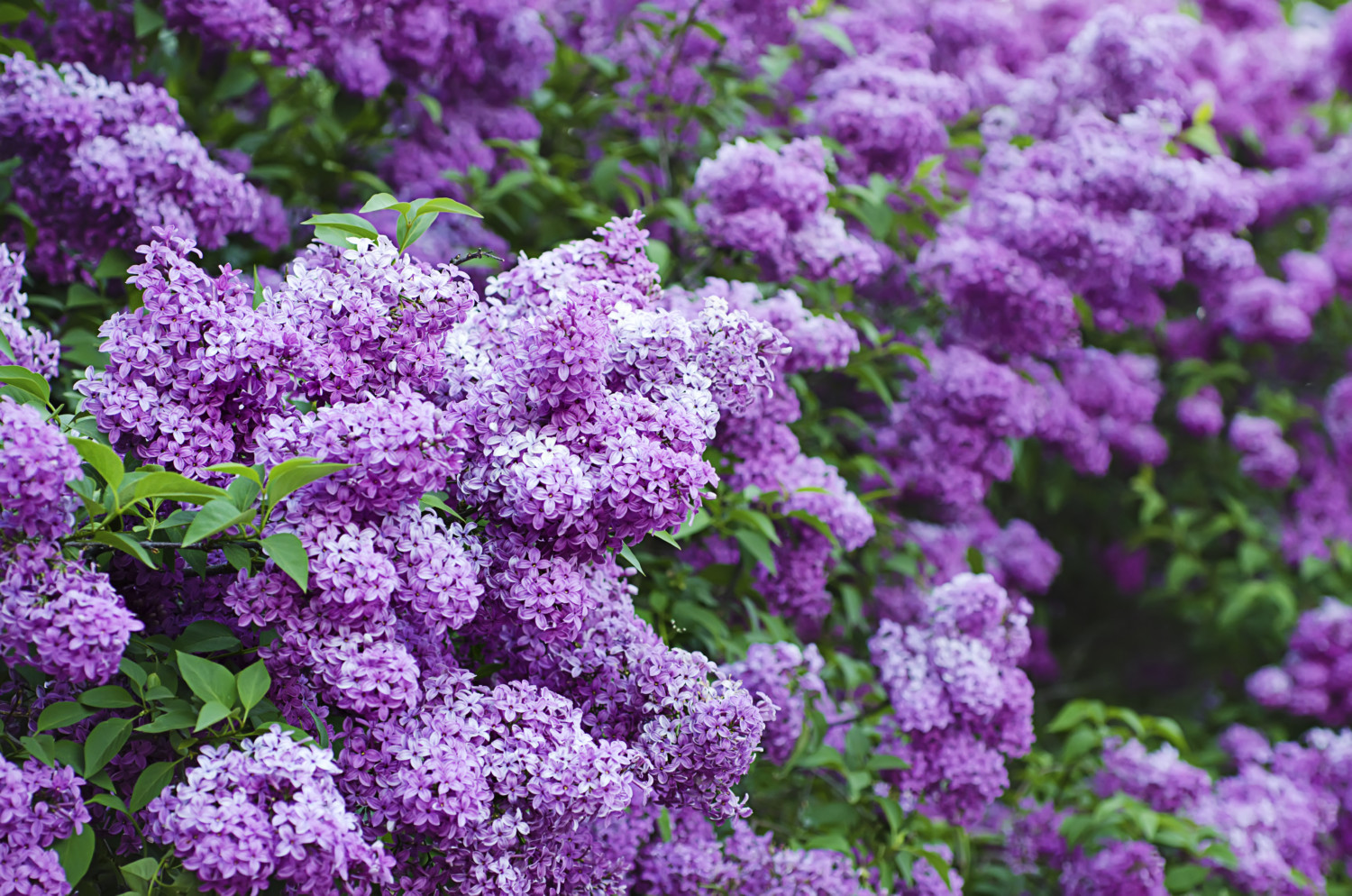Growing a flower garden adds beauty and curb appeal to your home, but did you know your garden could be good for your
mental health, too? Flowers can boost your mood, lower your stress and even help you feel more relaxed and secure. Plus, if you plant some of the most fragrant flowers, you can create your own gorgeous, aromatic bouquets for yourself and your loved ones. Or, step out into your yard, close your eyes, and inhale the sweet, natural scents any time you choose.
And humans are not the only ones who appreciate the most fragrant flowers. The scents can attract pollinators like bees and butterflies, as well. Flowers use their fragrances, a mixture of volatile compounds and essential oils, as a signal to alert nature that they are ready to spread their pollen.
If you want to design and cultivate a garden that invites pollinators and envelops visitors in delightful aromas, this collection of plants combine eye-catching beauty with wonderful scents that make them well worth getting your hands in the dirt.
The Most Fragrant Flowers That Thrive Virtually Anywhere
While many highly aromatic flowers flourish in specific places such as tropical climates or moderate temperatures, several will grow in most gardens with minimal coaxing. Learn about those that will do best where you live and consider planting a combination of colors, shapes and sizes that you can use to put together deliciously perfumed, vividly gorgeous bouquets.
Honeysuckle
Honeysuckle flowers have an intoxicating fragrance often used in many products, such as perfume, body wash, candles and even
laundry detergent. They grow on curtain-like vines in clustered, often trumpet-like blooms in shades of red, pink, white or yellow. These plants flourish in zones 4 to 9, typically blooming from May through midsummer, although some varieties will flower into fall. You can plant honeysuckle in the spring or autumn in an area with moist, well-drained soil where the plant can receive full sun.
Lily of the Valley
Few flowers are sweeter to behold than the tiny bells on a
lily of the valley. Its spring-like fragrance is sweet, delicate and fresh, and the attractive plant will grow successfully in zones 2 through 9 with only minimal care. The bright green plants prefer partial shade and moist soil — although, with adequate moisture, they can adapt to full sun or shade. It is important to note that, although charming to look at, the plants are
highly toxic when ingested and are likely best in a garden not frequented by pets or children.
Sweet Pea
Cheerful, delicate
sweet pea flowers carry a fragrance as beautiful and intense as their colors. Depending on the variety, they can bloom in shades of white, cream, pink, lavender, purple, maroon, creamy yellow, and even red and white
stripes. You can plant them in early spring (sweet peas can handle light frosts) in a sunny, well-drained spot. They are climbing plants, so give them room and support to grow up. Some can grow as tall as 10 feet.
Rose
As impressive as they look and as sweet as they smell,
roses are surprisingly simple to grow. When it comes to the most
fragrant flowers, look for plants with darker colors and thick or velvety petals. A rose bush will thrive in a site with well-drained soil rich in organic matter, where it will receive six to eight hours of sunlight each day.
Plant in springtime after the last frost or in early fall to allow the plant to establish its roots before going dormant over the winter.
Dianthus
Sometimes called Sweet Williams or “
pinks” because their fringed flowers appear to have been snipped by pinking shears,
dianthus blossoms have a spicy-sweet clove-like aroma. The plants feature blue-green foliage and flowers in shades of purple, white, red, pink or yellow. You can plant them in spring after the danger of frost has passed. Choose a spot with alkaline, fertile, well-drained soil where they will receive at least six hours of sun each day.
Hyacinth
With broad, upright leaves and spikes with gorgeous clusters of star- or grape-like flowers,
hyacinths are some of the most fragrant flowers you can grow in the spring and have been called “nature’s perfume” as a result. Plant the perennial bulbs in mid-to-late autumn after the first fall frost but before the ground freezes. Choose a site that receives full sun or partial shade with loose, moderately fertile, well-drained soil. They’re also good for
container gardening.
Primrose
Several varieties of primrose smell amazing, and many will grow nicely in most hardiness zones. While the best conditions vary by type, most
primroses prefer mild climates and won’t do as well in hot and dry summers. The majority will thrive in partial shade with moist (but not wet) soil. Different types of this flower will have different care requirements, so make sure to research what your particular plants need to thrive.
Gardenia
With large, snow-white flowers and lush green leaves,
gardenias give off a velvety, exotic fragrance that is the inspiration for many perfumes. Although they flourish in zones 7 through 11, you can
grow them indoors if you live in a cooler climate. Plant them in the fall at least six weeks before the first frost date in a spot with morning sun and light afternoon shade, avoiding the harsh midday sun.
Mock Orange
Appropriately named, the delicate, milky flowers of the
mock orange shrub emit a sweet, strong scent very similar to oranges. The bushes grow happily in zones 4 through 8 and will do best in full sun or partial shade with well-drained, consistently moist soil. You can plant the shrubs from spring through early fall and enjoy the fragrant blooms starting in the late springtime.
Lilac
One of the most fragrant flowers that will grow nearly anywhere,
the lilac has a heady, pleasantly sweet aroma. You can plant them in spring, but autumn is preferable. They do well in any well-drained soil and are hardy in zones 2 to 7. Colors include shades of blue, pink, purple, red, white and yellow, and they can be grown as trees, shrubs or vines, depending on the variety.
With so many intoxicating, captivating flowers to choose from, you can easily design and cultivate the gorgeous, aromatic
garden of your dreams.
